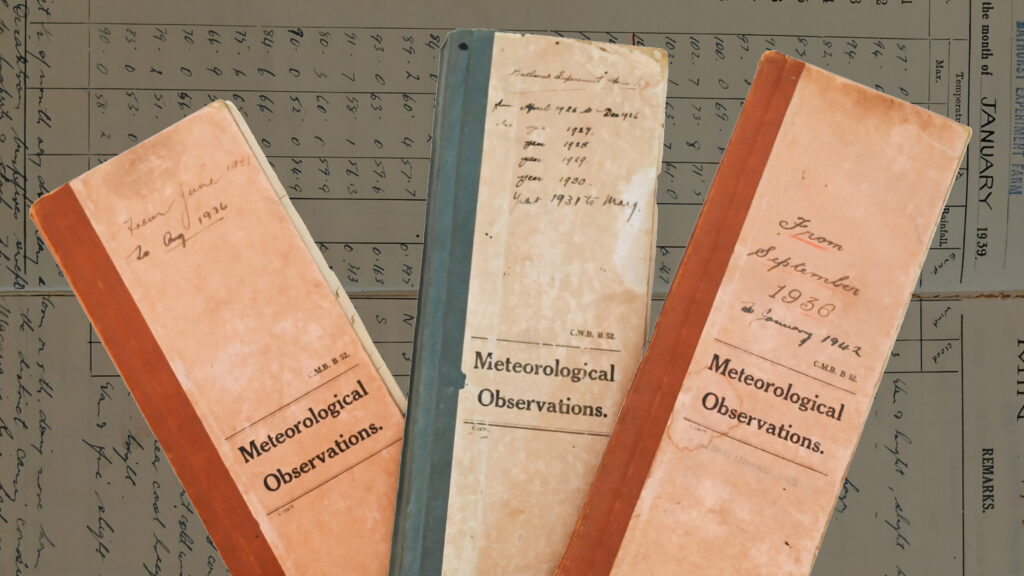
Throughout the month of January 1939, the weather in Bathurst vacillated from a daytime high of 40.6°C on the 11th to a nighttime low of 8.6°C on the 29th. Smoke haze filled the sky, rain was only recorded on six days, and the Macquarie River ceased flowing. This is only part of the information that […]
Read More…
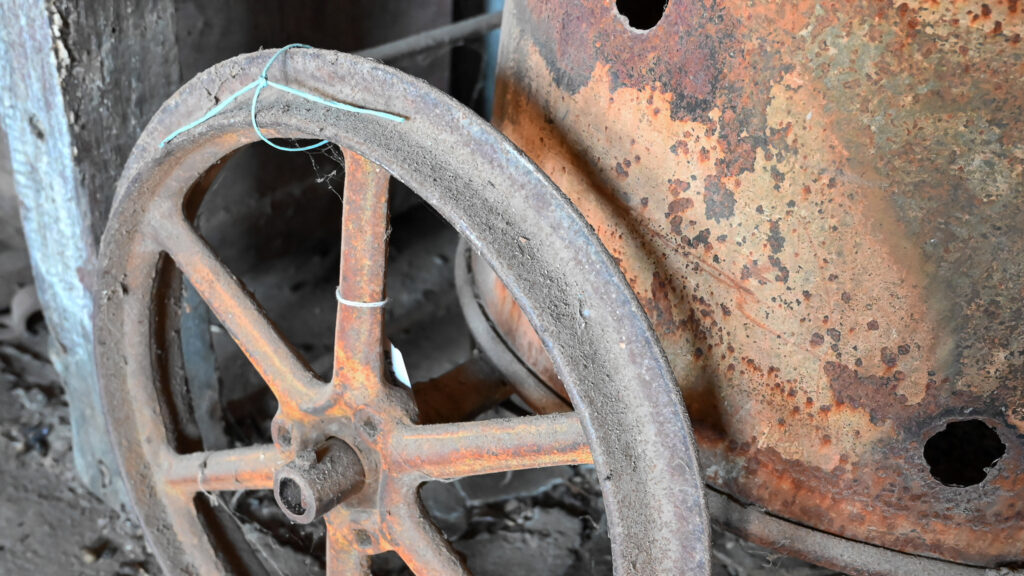
Keeping warm during cold winter mornings was a constant consideration when working in the orchard and fields of the Bathurst Experiment Farm. This hand-drawn fire cart, which was made on the Farm from a forty-four-gallon rolled steel drum and welded frame, provided workers with a source of warmth on frosty winter mornings. Along with providing […]
Read More…
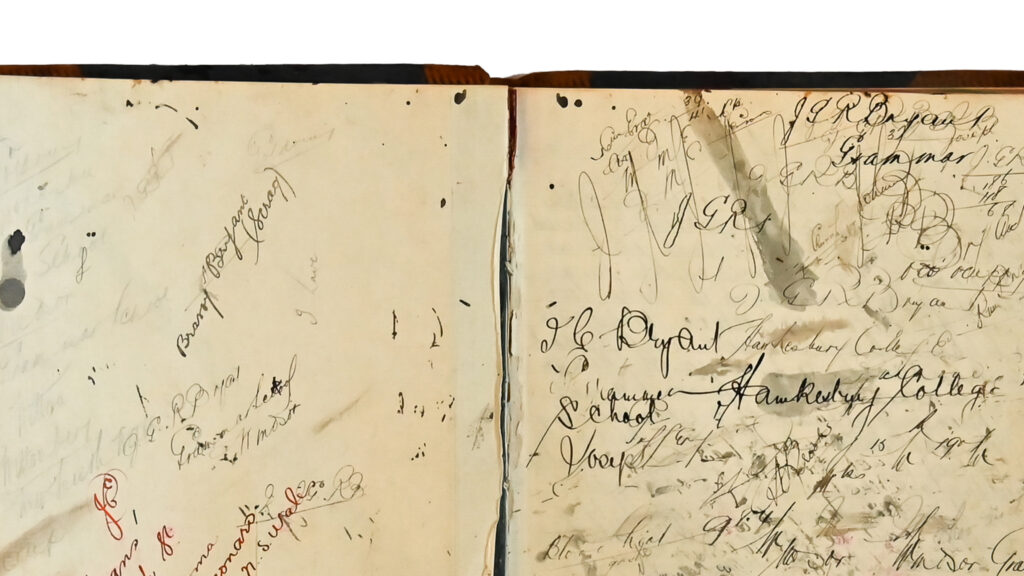
To students of the history of animal husbandry, the lecture notes contained within this book are of great interest. In elegant copperplate script we learn that even the best food will not produce good returns unless the cows are properly handled and their surroundings are comfortable and warm. Although such information has a value in […]
Read More…
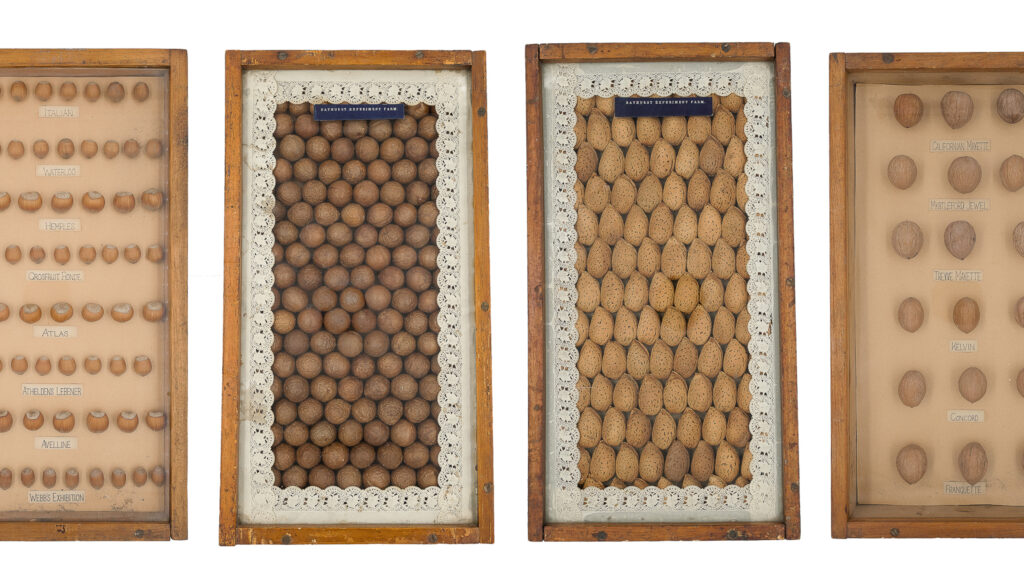
The orchard at the Bathurst Experiment Farm was well-known for its fruit research especially on apple varieties. Research into the possibility of producing nuts commercially is less well-known. The plan of the Farm’s orchard includes walnuts and filberts and these displays of nuts grown at the Farm demonstrate that almonds and macadamia nuts were also […]
Read More…
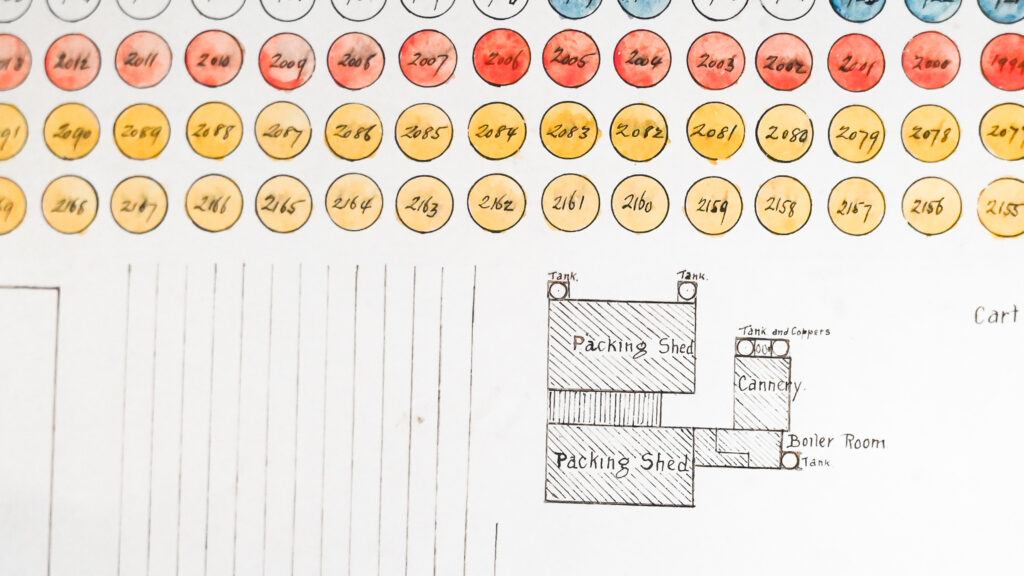
When your orchard covers about fifteen hectares and contains 2,690 trees – half of which are apple trees – you need some way to find any individual tree. This plan of the Bathurst Experiment Farm orchard was devised and used just for this purpose. Until each tree was tagged with their variety in the 1960s, […]
Read More…
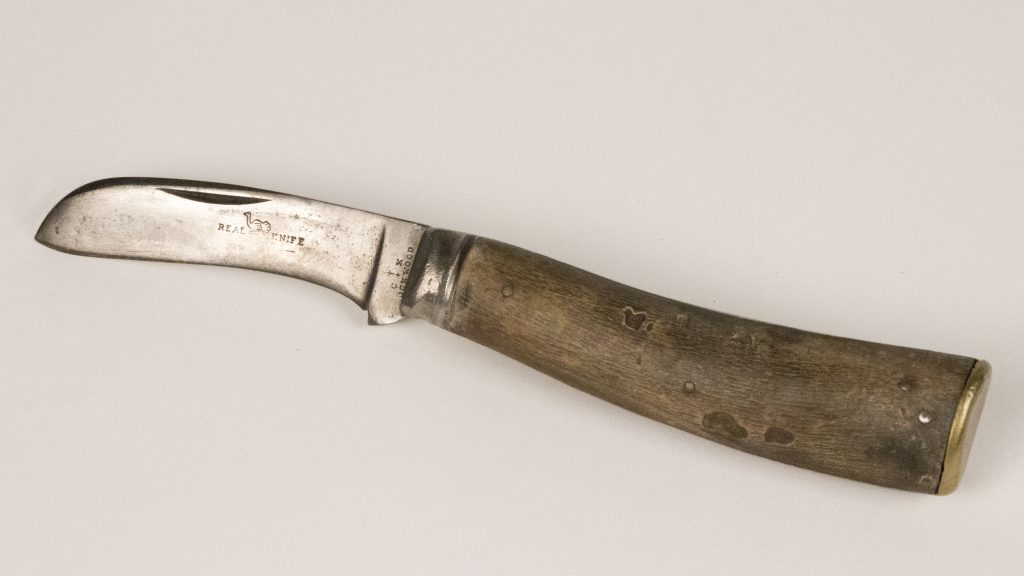
In the late-1890s Charles Packham (1842-1909) found notoriety after developing a new pear variety. Using this plain pruning knife, Packham successfully created the new pear by grafting together a Bell and Williams Pear – it was aptly called Packhams Triumph. The second half of the nineteenth century was a time of growing interest and experimentation […]
Read More…







